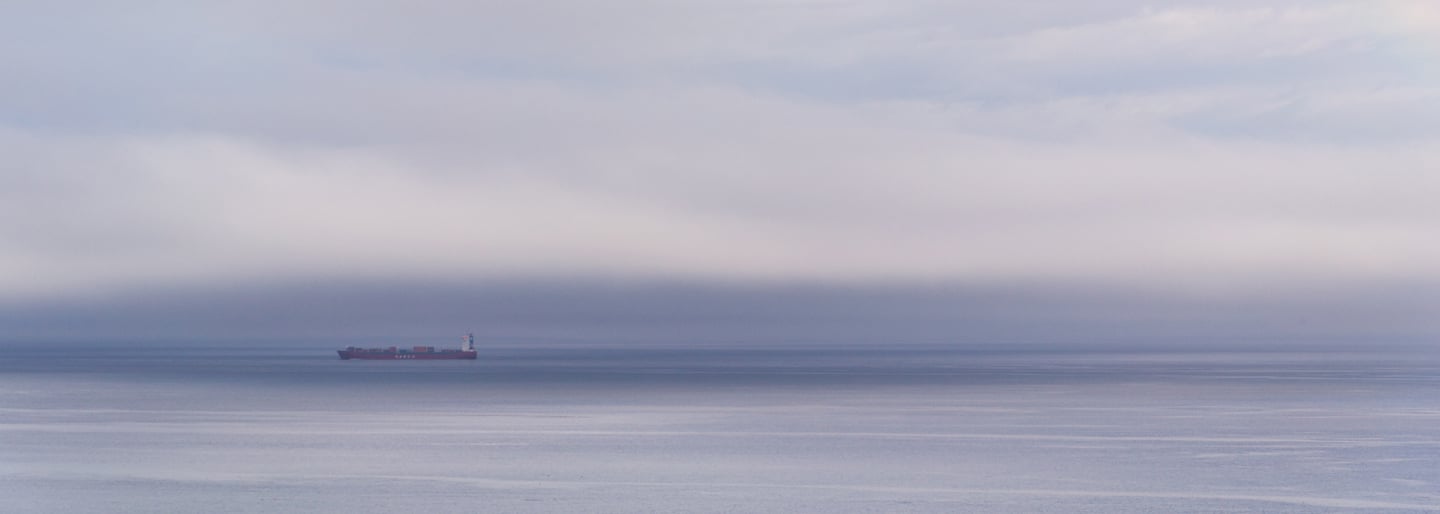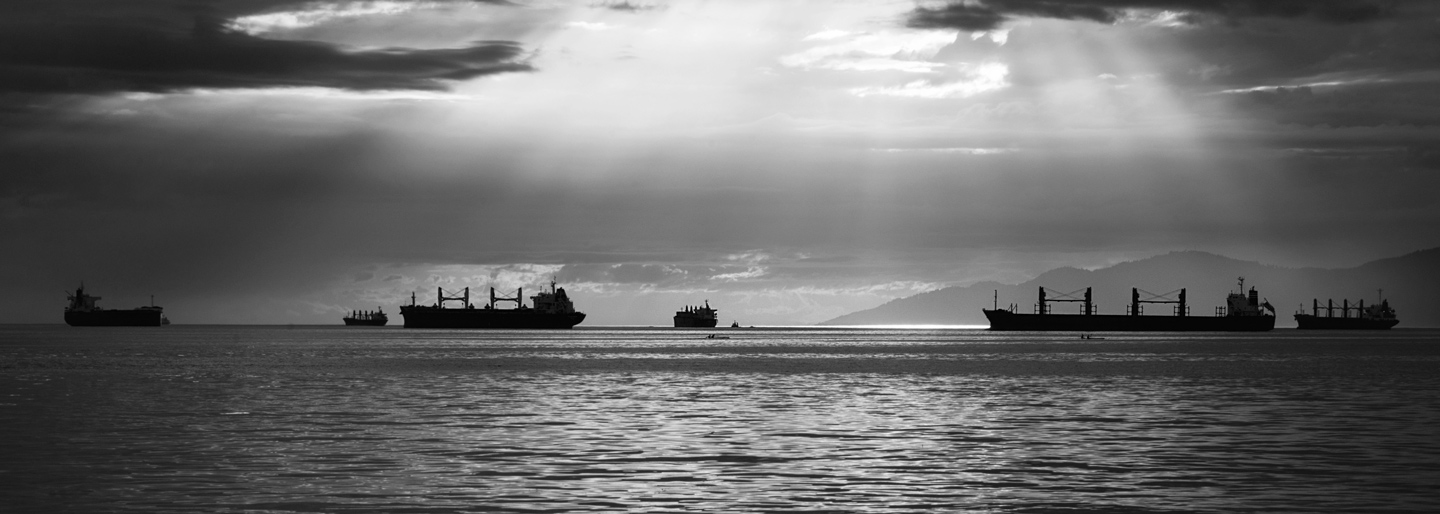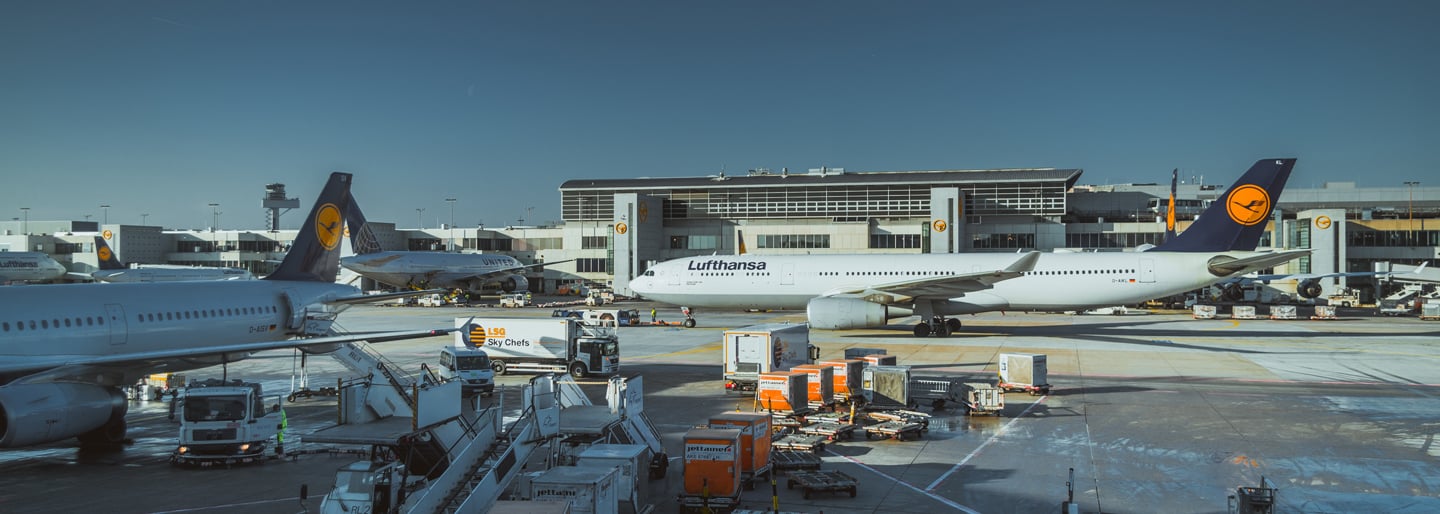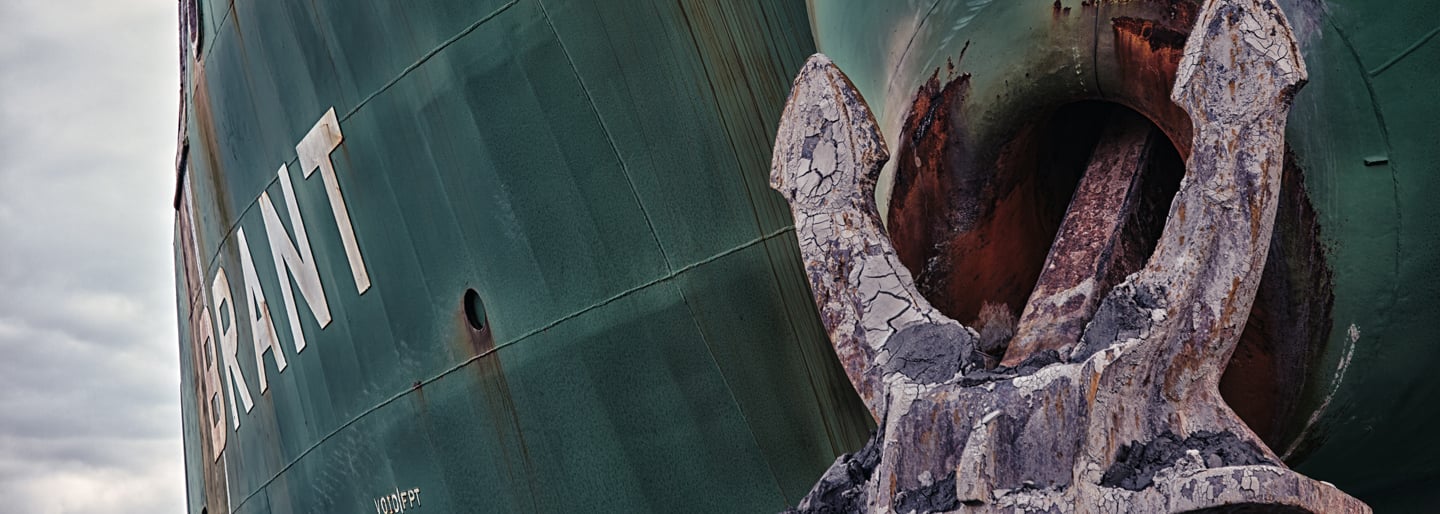Transportation of goods between countries takes place for many reasons. The majority, however, is for reasons of increasing the value of the goods. With the rapid growth of e-commerce, a large number of smaller business now require international transportation. In this article we aim to explain the different steps you should be aware of before you book your first shipment.
Shipping lines, booking agents, freight forwarders, customs house brokers; there are many players involved in international transportation. If your shipping need is related to cargo which can fit into a standard shipping container, but not enough to fill it up, and if your cargo is not so urgent that you want to pay extra for airfreight, you likely need a less than container load solution (see blog on LCL Shipping Explained). If that is the case, the only players you need to be aware of are following:
Introducing four key players in LCL shipping: Shipper, Consignee, Freight Forwarder and Shipping Line.
The shipping line is the company carrying you cargo at sea. You are likely not to ever speak with them or even see documents or correspondence from them. Freight forwarder, however, is the logistics provider you will be dealing with. They can arrange the transportation from a shipper to a consignee – of which one of them is you.
The shipper is the party of the shipment at the origin; it could be you or a factory or seller that you buy a product from. The consignee is the receiver of the cargo; this again could be you or someone that you are selling a product to.

Five physical and two documentation steps in International Shipping
In the movement of goods from shipper to consignee, there are five physical steps and two documentation steps, which must all take place for every single shipment. With each step there is a cost associated which must be settled by someone, typically the shipper or the consignee. If you want to avoid cost surprises and unnecessary delays in your supply chain, make sure you have clear agreement of who exactly pays for each of these 7 steps every time you book a shipment.
The seven steps of international shipping: Export Haulage, Origin Handling, Export Customs Clearance, Ocean Freight, Import Customs Clearance, Destination Handling and Import Haulage.

If in doubt, look to the contract between the shipper and consignee. If it is a sale of goods, often the handover of liability for the goods is agreed in a contract, which will then also be the source for establishing who pays for what.
Export haulage
The first part of the transportation is export haulage. This relates to the movement of the cargo from the shipper’s to the forwarder’s premises. The forwarder’s premises in the case of less than container load shipments is always an export consolidation centre (an origin warehouse) where the forwarder either has their own people or nominated agents in their control. The goods would typically move on road (by truck), rail or a combination. If it were agreed that the shipper is responsible for this part of the transportation, it would typically be arranged through a local transportation company. If, however, the consignee is responsible, it often makes most sense to use a freight forwarder who can offer export haulage as part of the international transportation.
Handling of the cargo (loading onto a truck) at the shipper’s premises is not considered part of export haulage, as off loading of the truck at the forwarder’s premises is normally not part of export haulage.
Export customs clearance
For every shipment leaving a country, customs formalities must take place to meet regulatory requirements. Customs clearance is a transaction whereby a declaration is developed and required documents are submitted to authorities, and can only be performed by companies holding valid customs licenses, so-called customs house brokers.
Export customs clearance can either be performed by a freight forwarder with a valid license or an agent appointed by the freight forwarder. Alternatively, it can be performed by a customs house broker appointed directly by the shipper, who does not necessarily take any other part in the shipping process. The export customs clearance step must be completed before the cargo can leave the country of origin, and if not performed by the freight forwarder, often required to be completed before the cargo enters the forwarders origin warehouse.

Origin handling
Origin handling covers all physical handling and inspection of the cargo from receiving it at the origin warehouse till it is loaded on a ship in a container. There are many steps carried out under origin handling by many different parties, but all that is coordinated and the responsibility of the freight forwarder, or an agent appointed by the freight forwarder. In short, when the cargo is received, it is inspected (tallied), planned for loading, consolidated with other cargo, stuffed into a container and moved to the port where it is loaded onto a ship.
While it is always ultimately the freight forwarder performing origin handling, it can be paid by either shipper or consignee, regardless of who actually buy the freight forwarding. For example, if a consignee has decided to user Forwarder A for their import shipments, and agreed with the shipper that the shipper must pay for origin charges, automatically the shipper will buy origin charges from Forwarder A too. This situation can create some friction in case a shipper believes the price for origin handling is not at market levels, as they are forced to user Forwarder A in this case.
Ocean freight
The freight forwarder decides on a shipping line to perform the ocean freight from origin to destination in order to meet the required timeline for the shipments. The freight forwarder and the shipping line has a contract of carriage for the container, and the shipper or consignee in this case is not subject to any direct interaction with the shipping line.

The cost of the ocean freight will ultimately be charged to the shipper or the consignee. Ocean freight, however, is never the entire costs of shipping from port to port. There are multiple surcharges levied in the industry, such as bunker adjustment factor and currency adjustment factor, which will all be passed to the shipper or the consignee.
Import customs clearance
Import customs clearance can typically begin before the cargo arrives at its destination country. As for export customs clearance, it is a formality where a declaration is developed and submitted together with relevant documents enabling authorities to register and levy any customs duty on the shipment. Import customs clearance is performed by the freight forwarder or an agent of the freight forwarder, or by a customs house broker appointed by the consignee.
The import customs clearance process must be completed prior to the cargo leaving a customs bonded area in the country of destination. Typically, that means before the cargo leaves the destination warehouse of the forwarder or the forwarders agent.

Destination handling
As for the origin, cargo handling is also required in the destination before it can be released to a consignee. In short, destination handling includes transfer of the container from the ship to shore and from the port to the forwarder’s destination warehouse. It also includes un-stuffing of the container and preparing the cargo for the consignee to collect.
Truck for haulage of LCL consignments
Destination handling is covered by multiple destination charges and always performed by the freight forwarder or an agent appointed by the freight forwarder. It can be charged to the shipper or consignee, but will always need to be paid in full before the cargo can be surrendered to the consignee. Again, if the agreement is that the shipper pay for ocean freight, and the consignee pay for destination charges, it is in fact the shipper deciding on who the consignee must buy destination handling from. As discussed for origin charges, that can create some friction or surprises for the consignee who has not planned for it.

Import haulage
The last leg of the transportation is the actual delivery of the cargo to the consignee. It can either be performed by the freight forwarder or a local transportation company appointed by the consignee. If this part of the transportation is being arranged by the shipper, it would normally make sense to use a freight forwarder which can also arrange for import haulage. The import haulage typically covers transportation to a specific address, but not unloading from the truck, which is the responsibility of the consignee.
Using Transporteca
Although the shipping process can be cumbersome and tedious at times, we have tried to simplify the journey from A to B when people buy transportation services. If you are familiar with search engines for flights and hotel booking sites, you should feel quite at home using our portal.
Transporteca.com aims to make buying shipping and freight transport services as easy as buying any other consumer product even though a lot of things are happening in the background in order to make it seem effortlessly.